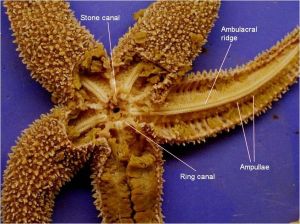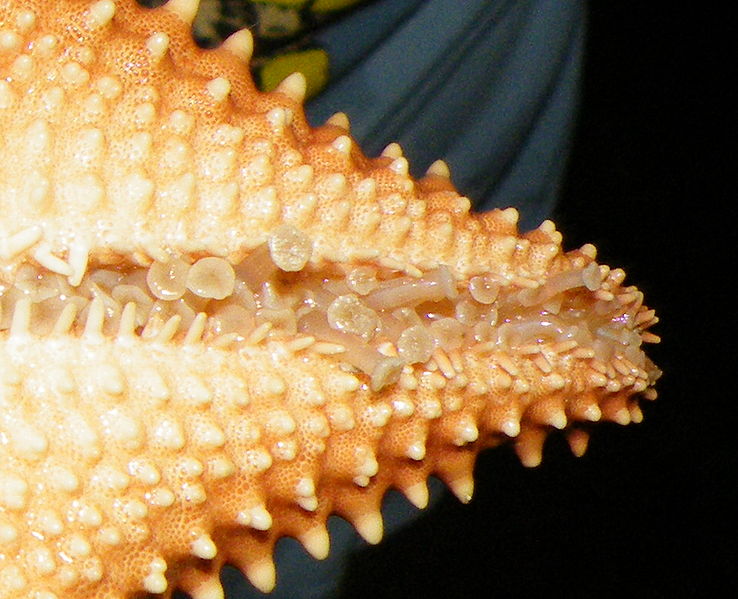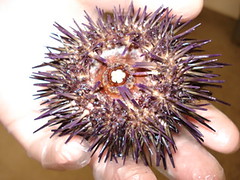Sure you know that some animals are related to one another. Often though it’s difficult to pinpoint their similarities. Well, on the third day of every month I am going to explain three features that are common among the animals of a certain group. Each group generally has more than three representatives, but I am going to choose three to keep it simplified.
To get us started … Have you ever thought about what a sea urchin, sea star, and a sand dollar have in common? Among others in this group those three animals are in a phylum of marine animals know as the echinoderms. Sea cucumbers and brittle stars are also well-known echinoderms. Check out the image below to learn what these animals all have in common.
Please do not hesitate to email me at info@beachchairscientist.com with questions, comments, or suggestions.












What people are saying …